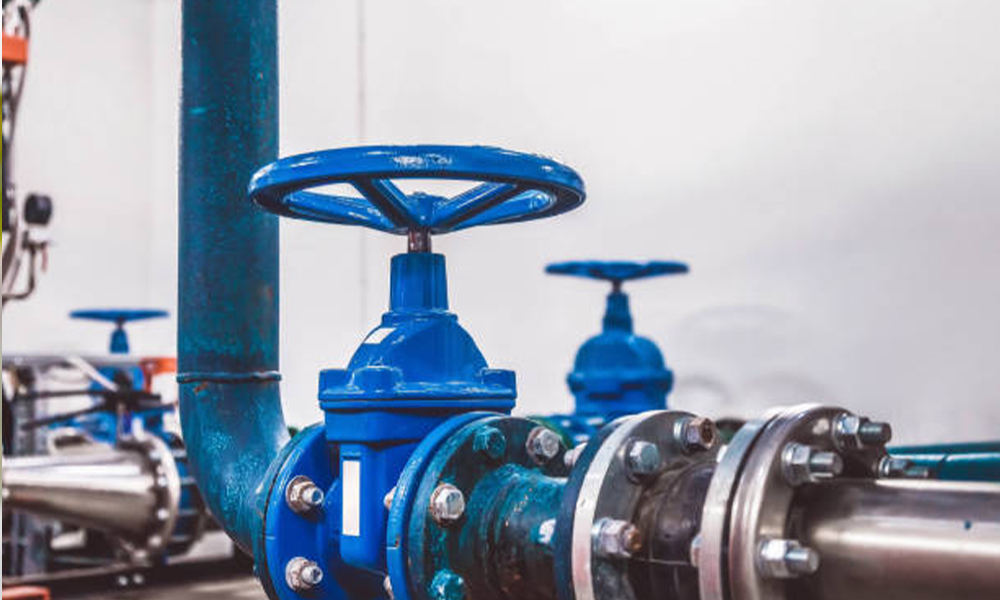From water systems to chemical plants, valves act as hydraulic gatekeepers, controlling the ebb and flow of liquids, gases, and slurries. But these workhorse components can’t just let fluids flow willy-nilly. Valves require engineered precision to handle extreme pressures and temperatures across infrastructure both prosaic and profound. When lives hang in the balance, valve creation becomes equal parts science, craft, and philosophical pursuit. Every parameter and material must align not just for profit, but for the betterment of humankind. This is the mindset driving leading manufacturers like Klausen Valveworks. Join us as we trace the journey of an industrial valve from raw materials to final installation. We’ll glimpse the meticulous craft underlying this fundamental technology we often take for granted.
Castings
Our valve’s story begins, like man’s first tools, in the fire. Sand molds shaped around prototype patterns get loaded into massive furnaces. Crucibles filled with hundreds of pounds of molten iron, nickel, stainless steel, and alloys are poured by hand into the awaiting castings. The liquid metal fills every crevice before cooling into solid valve bodies, bonnets, and fittings. Both artisanal hand pouring and automated rapid molding produce castings sized from a thimble to a throw pillow. This primordial process conjures the Anix valve’s basic physical form.
Machining
Castings transform from rough ashlar stone into smooth-as-marble components under torrents of cutting fluid, whirling at thousands of RPMs. Computerized numeric control machines shave microns off mass-produced parts or custom one-offs. Skilled machinists code toolpaths and meticulously monitor dimensional accuracy. Inside and out, forms emerge that balance strength with minimal material usage. Precisely machined sealing faces prevent hazardous leaks. They know lives depend on fighting corrosion, fatigue, and wear through precision. At the end of these subtractive manufacturing steps, fully functional components stand ready for fine honing.
Hand finishing
Look closely under magnification and you’ll see – no surface is ever perfectly smooth. Peaks and valleys still exist microscopically. To achieve leak-proof seals, valve faces require caressing by hands and buffing wheels. A viscous lapping compound works into microgrooves as technicians hand-lap mating surfaces. They check flatness with gauges, iterating through grits from coarse to fine, eliminating any peak or valley. A metallographic polish reveals mirror finishes. Tolerances reach millionths of an inch – far smoother than the machined parts. This human touch eliminates variables, instilling reliability. Their artistry brings us closer to perfection.
Assembly
Now with components honed to flawless precision, diligent assembly commences. Following exact blueprints, workers begin mating valve essentials, sealing rings, spring-assisted stems, and actuating handles and gears. There’s a qualitative feel only experience provides. Ball valves roll open smoothly with perfectly spherical balls. Butterfly valves align just so for unimpeded circular flow. Gate valve stems glide into position guided by collar bushings. And ball bearings spin freely in check valves and pressure regulators. Through the practiced assembly, separate metal pieces coalesce into a unified mechanism – calibrated, adjusted, and tested thoroughly.
Conclusion
Even assembly lines produce imperfections, so exhaustive testing protocols verify that rated specifications are satisfied. Electronically actuated valves cycle continuously while computers track performance data. Hydrostatic testing exposes valves to extreme pressures well beyond requirements while inspecting for leakage. Cryogenic trials validate performance to -320°F in liquid nitrogen. Metallurgists analyze batches for optimal alloy proportions and heat treatment. X-rays reveal internal defects. Validated valves receive certification compliant with industry standards like API, ANSI, MSS, ABS, and CRN. This testing ensures quality at a microscopic level.

Comments